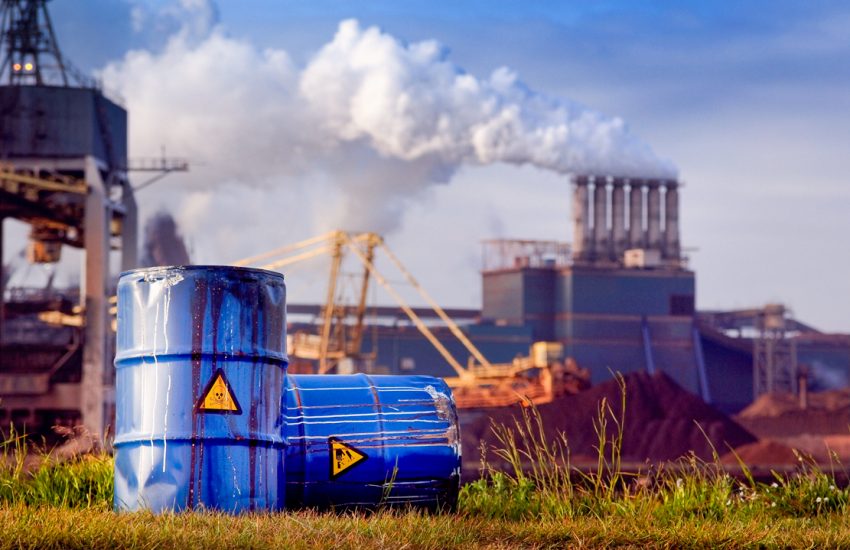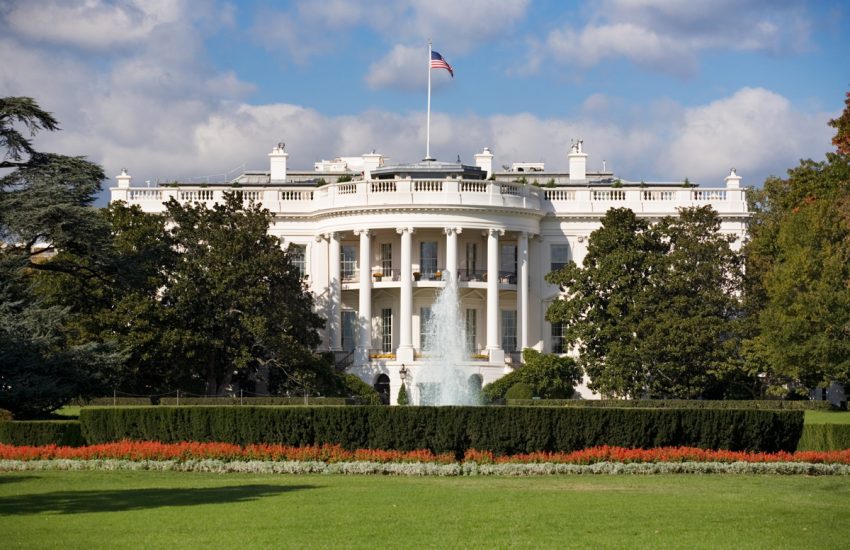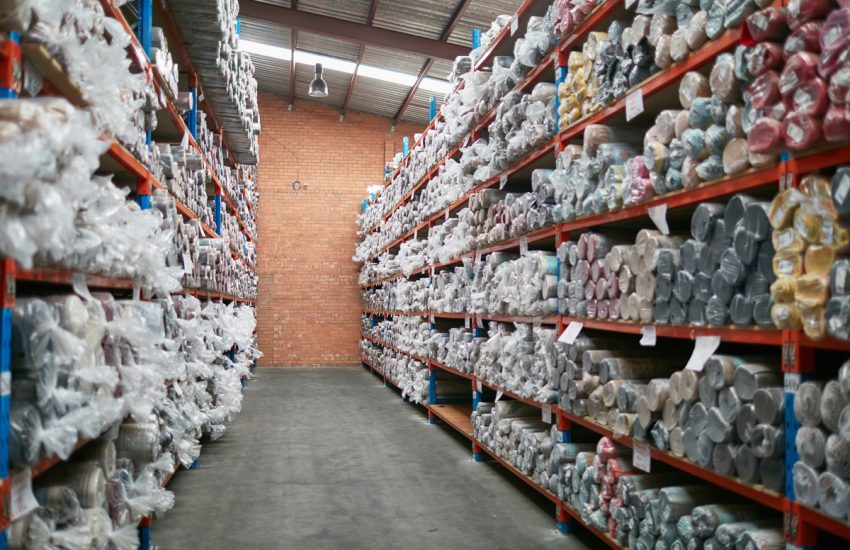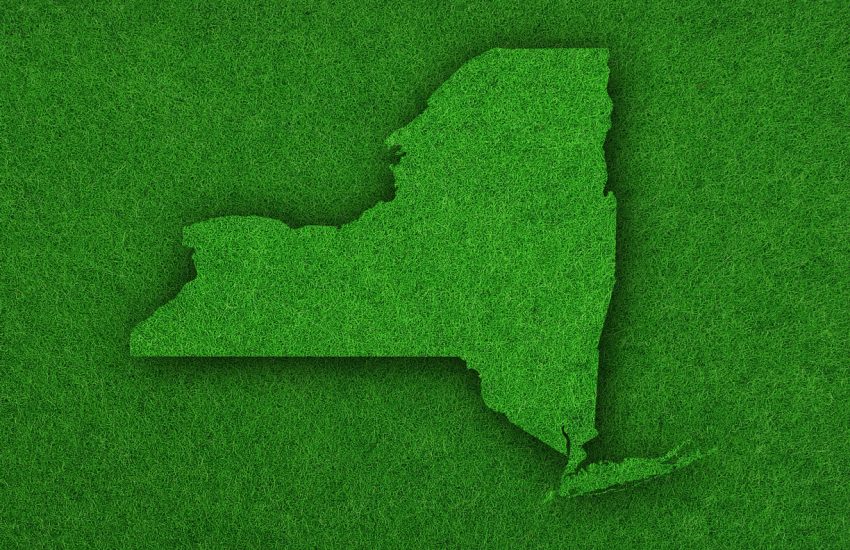So you thought pistachio was just an underrated ice cream flavor or the in-vogue topping to that savory encrusted salmon recipe trending on social media. Think again—pistachios (along with some other unexpected resources) have upped their culinary game and are helping to decarbonize the cement industry by serving as an alternate, carbon-free fuel source for industrial manufacturers. The cement industry may take the credit for tapping into this underutilized resource, more specifically the pistachio shell, to fuel its cement kilns. However, Turkey was first keen …
Continue Reading









